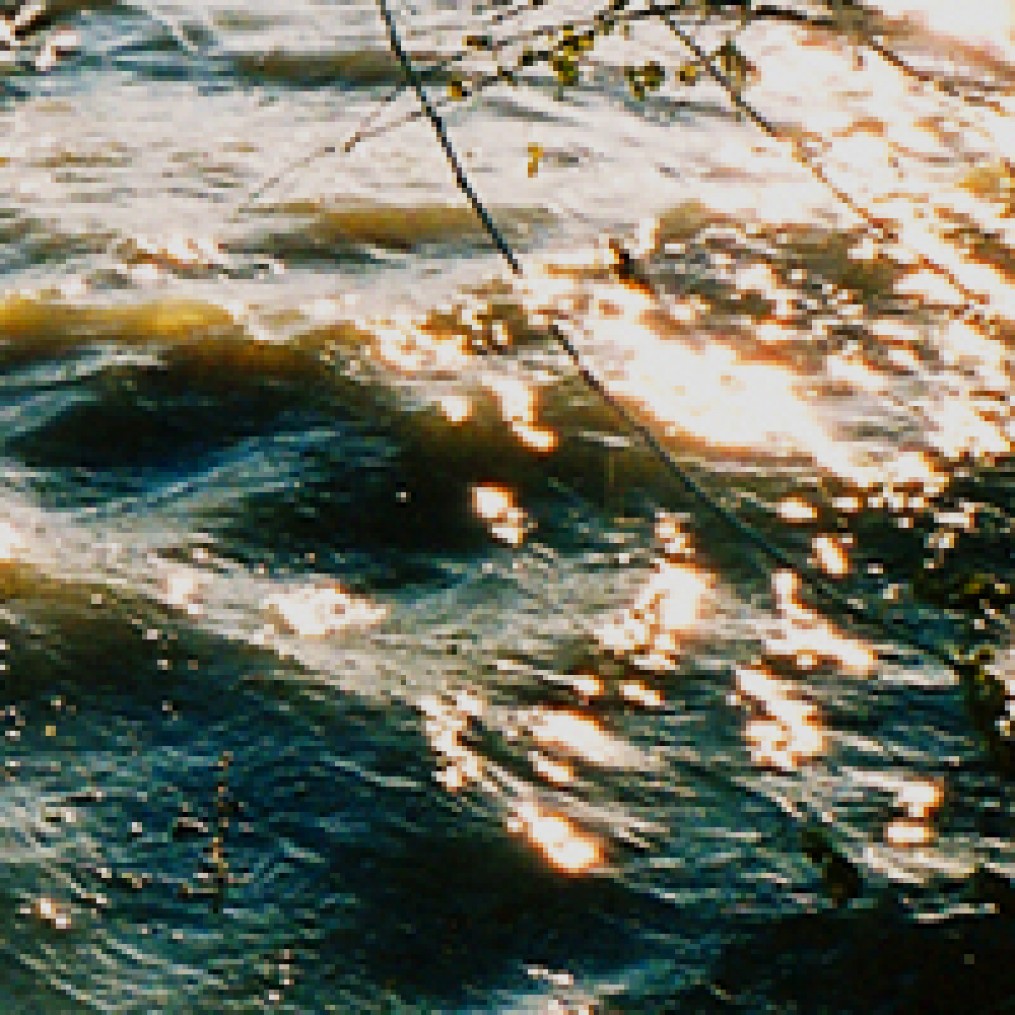Just like my yoga journey, this phrase or brand or, maybe even movement (of one, so far), needs further definition. A fleshing out, if you will.
Let’s first look at the word yoga. Now, of course, there are many ways to describe and define yoga. Take a look at the Wikipedia page for a thorough description. For my purposes, yoga really involves more than just the postures. Yes, asana brings a great majority of us to the yoga mat initially, but as we delve deeper into this thing called yoga, we touch upon the spiritual path that is also so integral to the practice of yoga. It’s more than just the postures; it’s a way of interacting with the world and with the self. For Patanjali, in his yoga sutras, the ultimate aim of yoga is the cessation of “the perturbations of the mind” (source: Wikipedia). The various facets of yoga (the yamas, niyamas, asana, meditation, etc.) all help us reach peace with the present moment and bring us back again and again to our true inner selves. To our present moment. To peace.
Of course, this journey into the true self, this journey to peace never ceases. No yogi, I think, wakes up one day and says, “Oh, yeah. Totally at peace 24/7 now. Totally enlightened, dude.” And that’s the whole point. Yoga is a constant practice.
This, then, leads me to the idea of scruff. If you look in urban dictionary, you’ll find the following definition:
- scruff: “facial hair. basically day three to five after a shave”. (source here; also check out the other very interesting definitions of scruff; scandalous!)
Thus, scruff is not clean shaven. Scruff is also not a full blown beard. Scruff is an in-between space. It is a beginning: the start of a beard. It is potential. Scruff, I think, embodies the yoga path beautifully because it too represents a journey. Yeah, sure, equating a spiritual journey to facial hair may seem silly, but I think it’s awesome. You know why? Because scruff can be itchy. Scruff can look funny, a little unkempt. Scruff happens when you don’t shave. When you’re letting your facial hair grow out a little. Maybe you’re busy with other things. Maybe you’re lazy and don’t want to shave. Maybe you like to have a bit of scruff. The yoga path is not perfect. Do you know how many times I have gone up into handstand to only fall over one second later? Do you know how many times I’ve vowed to meditate and then not followed through? It’s a journey. The yoga journey, I think, is always in an in-between place, because I don’t think anyone (at least not little ol’ me!) will arrive at enlightenment or peace 24/7 365 days a year. Scruff embodies an in-between place, too. They both carry potential. The journey is much more important than the destination, right?
So, really, Yoga Scruff, then, is all about enjoying the journey; paying attention to the day-to-day. To the progress. It’s about letting the facial hair grow a bit and not worrying if it looks a little messy, or isn’t perfect. Because that’s beautiful. Yoga Scruff is permission to be kind to your body and know its limits. To celebrate your successes and soothe yourself when you fail. Let’s be OK with being in this in-between place as we make our yogic journey; let’s revel in the scruff we’re growing. What do you say?


